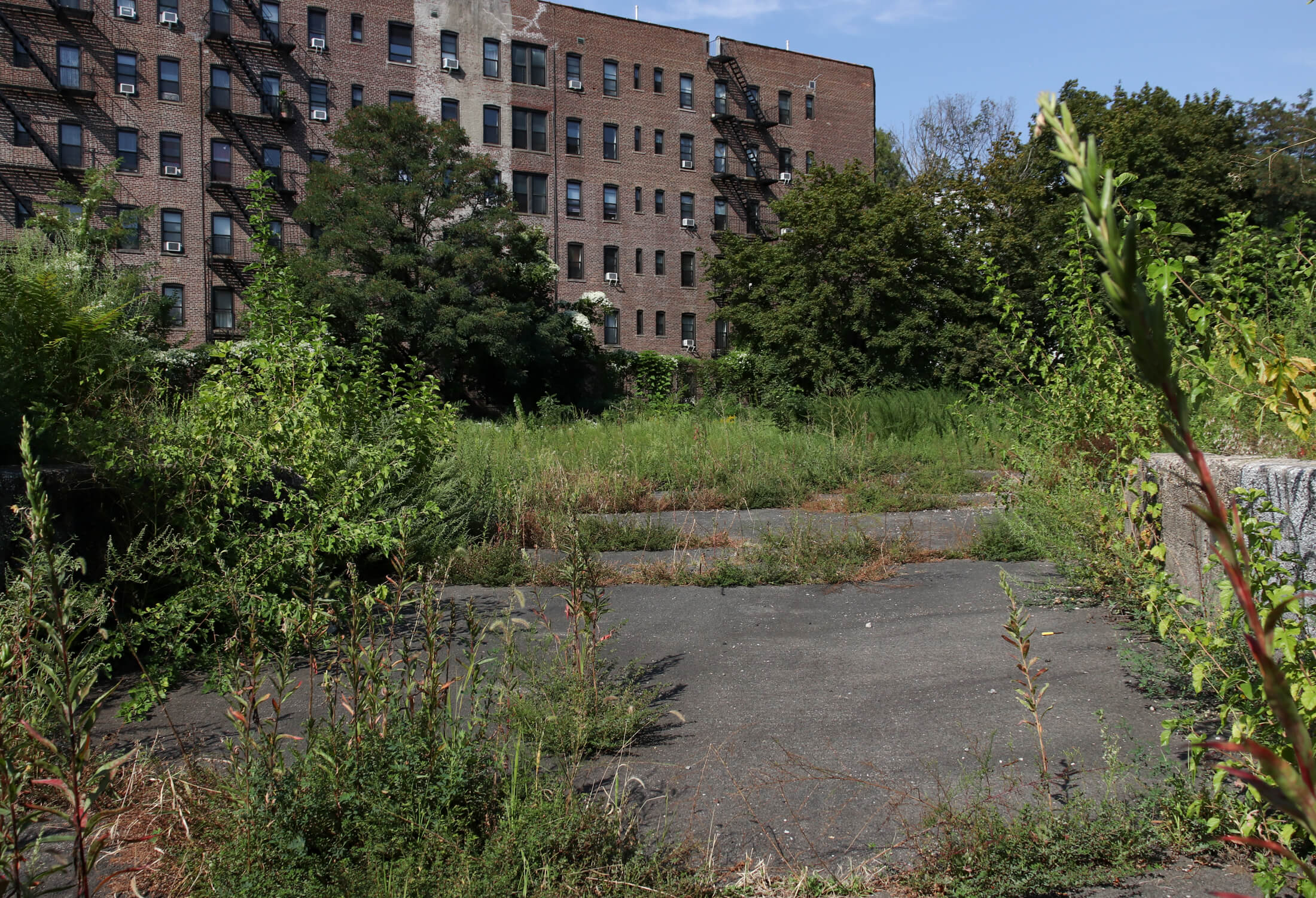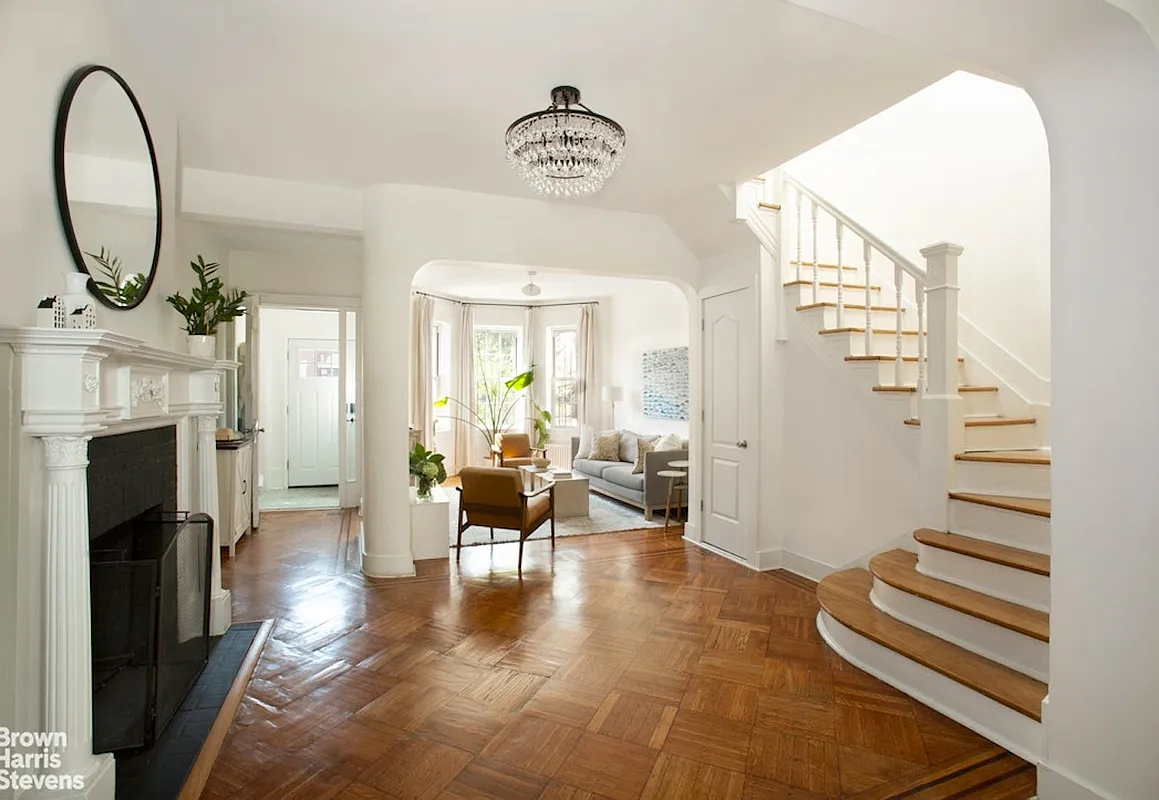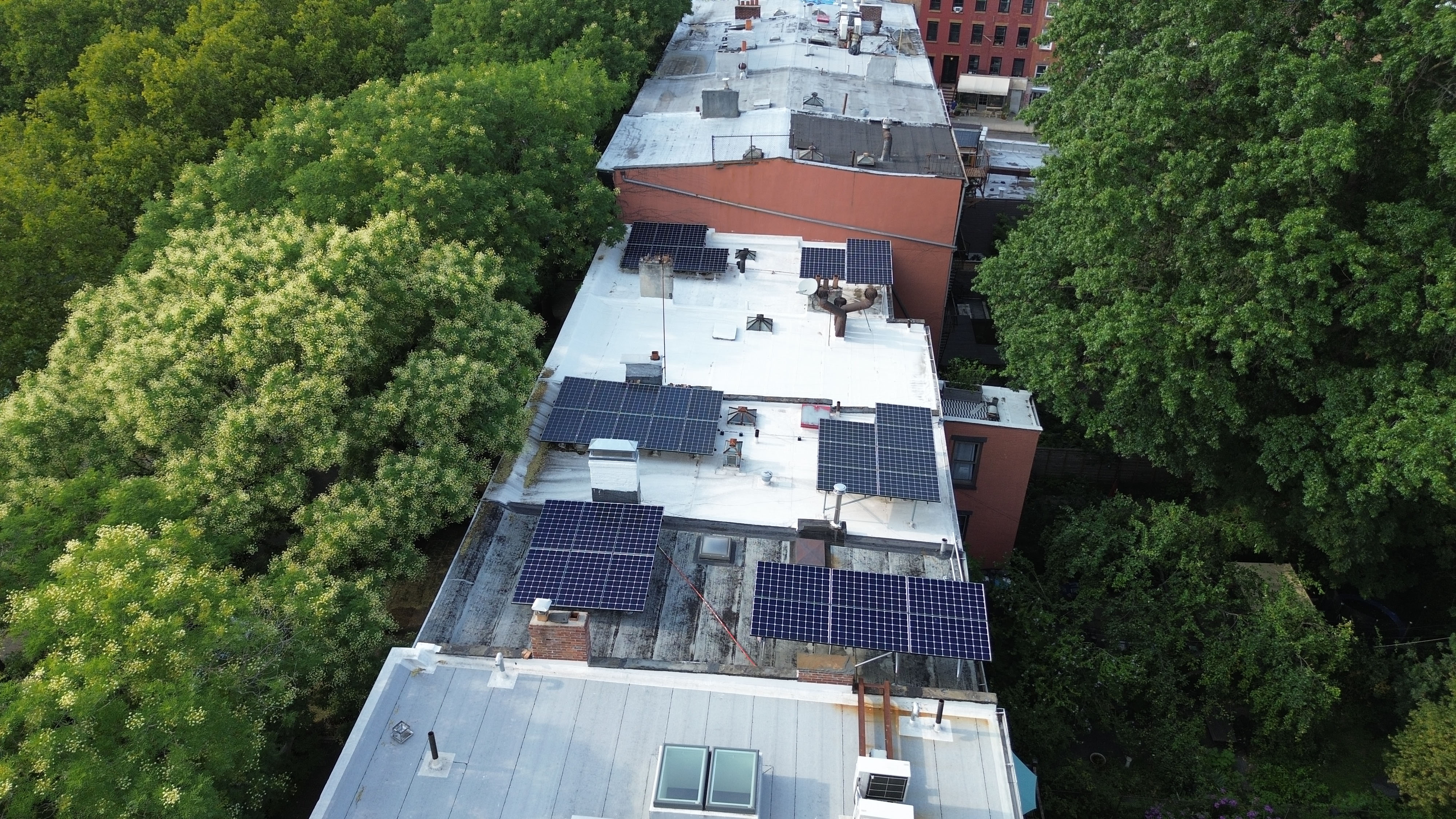Building of the Day: 101 Varet Street
Brooklyn, one building at a time. Name: Former Free Hebrew Burial Society for the Poor of Brooklyn, now supermarket Address: 101 Varet Street Cross Streets: Graham Avenue and Humboldt Street Neighborhood: East Williamsburg Year Built: 1918 Architectural Style: Early 20th century commercial Architect: Tobias Goldstone Other buildings by architect: Lots of smaller buildings in Wiliamsburg/Greenpoint/Bushwick area in…


Brooklyn, one building at a time.
Name: Former Free Hebrew Burial Society for the Poor of Brooklyn, now supermarket
Address: 101 Varet Street
Cross Streets: Graham Avenue and Humboldt Street
Neighborhood: East Williamsburg
Year Built: 1918
Architectural Style: Early 20th century commercial
Architect: Tobias Goldstone
Other buildings by architect: Lots of smaller buildings in Wiliamsburg/Greenpoint/Bushwick area in the teens and early ’20s.
Landmarked: No
The story: In this column I cover a lot of buildings where people live, work, do business, or worship, but it’s not too often that I cover what happens to them when they die. Up until the mid-20th century, most people, no matter how humble or grand, had funerals in their homes; the coffin with the deceased often laying in a bed of ice for at least a day. Morticians and funeral directors took care of the details, but having your loved one at home for his or her final send-off was a time honored tradition. But it still cost money to be buried, and while that was no problem for the wealthy, who could afford funeral processions to fancy cemeteries like Green-Wood, and tall, expensive monuments, it was a different story for the poor. And if you were poor and Jewish, it was a whole other story all together.
In 1888, a group of Jewish leaders living in the Lower East Side founded the Hebrew Free Burial Association. Its name in Hebrew was Chebra Agudas Achim Chesed Shel Emeth. (The Society of the Brotherhood of True Charity)The charity was organized to provide a funeral and burial place for Jews whose families couldn’t afford to pay for either. By 1909, the organization had two cemeteries in Staten Island, one of which, Mt. Richmond, is still the Society’s main burial ground. In 1911, they arranged for the burial of 22 of the victims of the Triangle Shirtwaist Factory Fire. The organization grew, and by the early 20th century, had a branch in Brooklyn’s Jewish community in Williamsburg.
101 Varet Street had been built on long ago. In the 1875, it was home to a tavern, and the property is mentioned in the Brooklyn papers off and on as the home of various individuals who lived above the ground floor business. It was a three story wood framed building, like many of Williamsburg’s early buildings. Around 1904, the building became home to the Brooklyn branch of the Hebrew Free Burial Association. They used the ground floor storefront as a morgue. It appears that the Association could also act as morticians to those who could afford to pay for their services, which would have given the more funds to help those who could not pay.
In 1918, the Burial Association had architect Tobias Goldstone design a functional and quite ordinary building for the society. It had a garage on the ground floor for the hearse, and meeting rooms upstairs. Goldstone had a prolific career in Williamsburg/Greenpoint/Bushwick, designing all kinds of commercial and residential buildings of this sort, mostly small utilitarian structures. His office was in Williamsburg, and he worked mostly in the first two decades of the 20th century. The building cost $7000.
The Hebrew Free Burial Association buried thousands of poor Jewish immigrants, victims of poverty, disease and tragedy, including thousands of victims of the Spanish Influenza pandemic of 1918. They proudly boast that not one Jew has been buried in Potter’s Field. The organization provided funerals for many Holocaust Survivors after WWII, and still provides free burials to impoverished Jews, now including many of those who came here from the former Soviet Union. They still operate the cemetery in Staten Island, and are the largest Jewish free burial organization outside of Israel.
The Varet St. location stays in the newspapers until around 1927. Perhaps at that time they consolidated with their parent branch in Manhattan. The building last appears in local papers in 1943, when it was headquarters for the Independent Order of B’rlth Abraham, a Jewish fraternal organization. The building has had a relatively recent refacing done, which covered up the prominent Star of David, but replaced the date of the building. See the photo above and contrast it with the 2006 photo below. GMAP
(Photo: Christopher Bride for PropertyShark, 2012)







What's Your Take? Leave a Comment